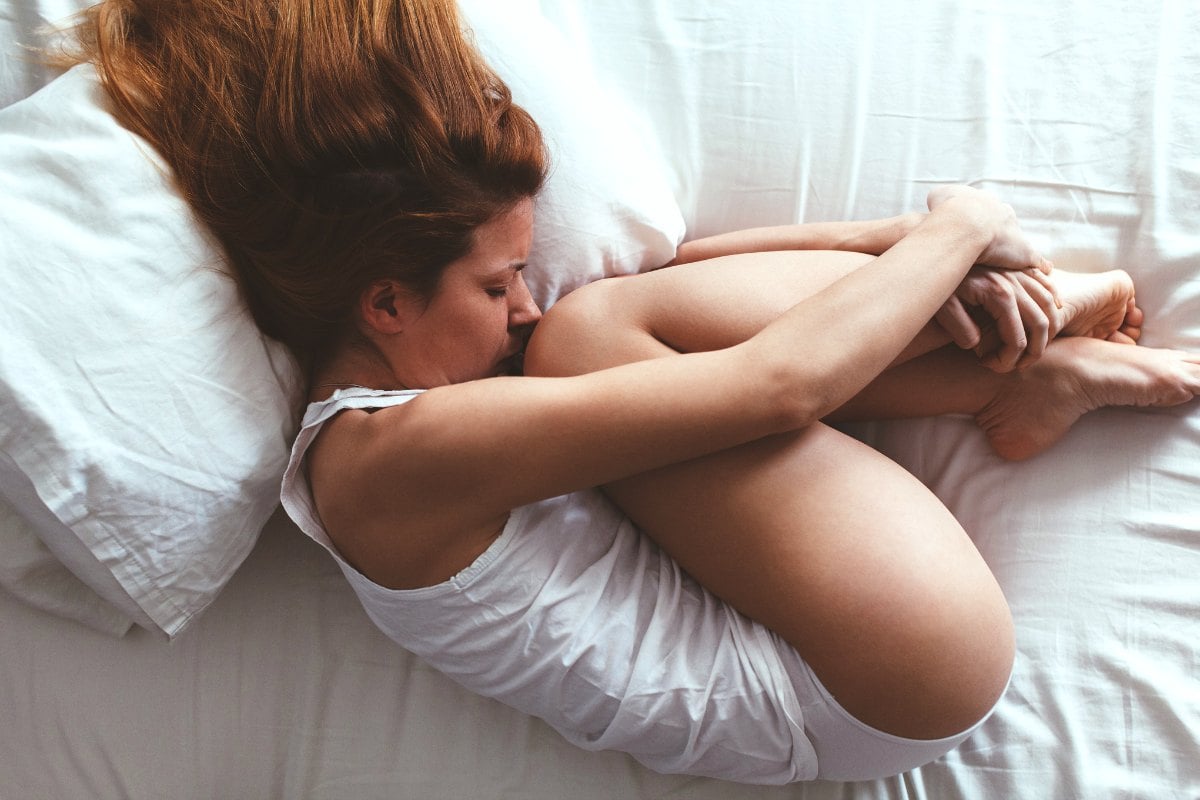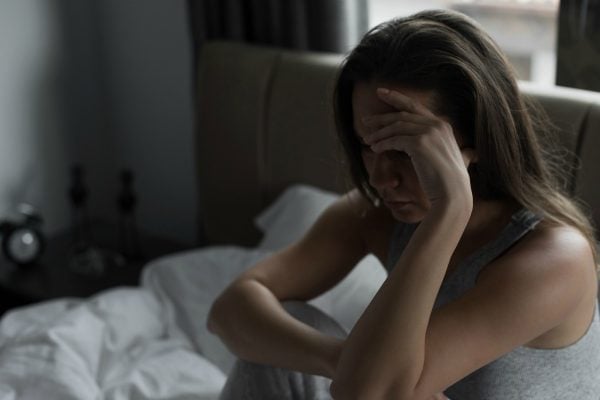
Warning: This post deals with mental health issues and suicidal thoughts. It may be triggering for some readers.
This is one woman’s experience and should not be substituted for medical advice.
Birth control and I have had a strange relationship from the start: I exist because of a contraceptive failure.
Despite whatever pill was most often prescribed in suburban Pennsylvania in the early 90s, here I am. Without ever been told this, I could feel the weight of it as a child. My sense was confirmed when I was in my early twenties.
So it may not shock you to hear that I just couldn’t bring myself to trust the pill. I am, after all, living proof that sometimes it doesn’t work. And if it hadn’t stopped me once before… well, who was to say the pill and I could cooperate again?
Instead, I chose what I thought was the very opposite of the pill: something not convenient, not painless, not consumable, not easily forgotten or misplaced. Instead, I wanted a physical barrier of plastic and levonorgestrel (a hormone disruptor) inserted directly into my uterus. It was made to last for three years. It hurt like hell to have it inserted and it had two wires (‘strings,’ they call them) that hung out of my cervix.
My first IUD was placed in 2016. It was the tiniest member of the IUD family, little Skyla. Nothing prepared me for the experience of having it inserted. I’ve broken my leg twice; I prefer that experience to the insertion of an IUD.


Top Comments
Never get an IUD. Mine gave me awful BO & I had it removed after 2 months. Voila! No more awful smells from my armpits. Mirena secretes synthetic hormones into your body. The company has been sued by many women. This thing is not meant to be inside your body. Doctors don't care, they only want to make money, just like the big pharmaceuticals. Trust me, I have done so much research about this topic.
Some doctors are so arrogant and defensive to the point of being downright irresponsible. There is so much awareness about mental health these days but they stick their heads in the sand when this device is driving women to suicide.